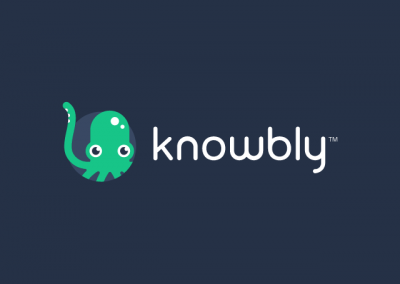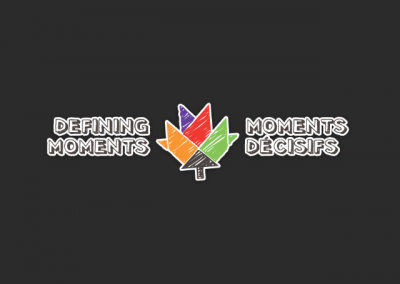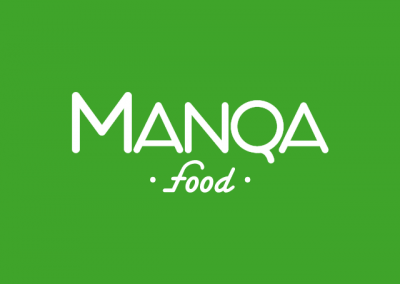Case Study
National Geographic Learning
While working for Metrodigi, I was part of the design team tasked with creating the eBook version of the National Geographic Learning’s – Exploring Sciences book series designed to meet the K-5 NGSS (Next Generations Science Standards).


The Goal
The aim of the project was to create a digital product that would help young learners engage with the subject matter and introduce real-world Science practices to their K-5 learning experience. This was accomplished by creating highly interactive eBooks that allowed learners to engage the subject matter through a series of content-based activities and enhanced comprehension assessment tools.
The Challenge
Creating interactive components for different age groups based on instructional design and learning objectives set on precise guidelines for each age group. With this in mind, the type of activities, font sizes, color selection, and typography were critical differentiators in the layout implementation.

K-2 eBooks
Given the age of learners for these grades, the particular factors that needed consideration for the design considerations were typography, larger font sizes, readability, contrast, and simplified layouts were some of the factors that had to be considered to help new readers.

K-2 eBooks included components like:
- Audio Buttons that allowed students to have text read out to them.
- Information Buttons that provided further knowledge about the lesson.
- “Think Like a Scientist” challenges that would help reinforce learning objectives.
- Wrap It Up! modals containing comprehension exercises.
- Interactive vocabulary pop-overs accessible by clicking the highlighted words.

Grades 3-5 eBooks
For these grades eBooks, given that learners were more experienced readers, it was possible to work with longer text and introduce new elements like: colored backgrounds for text blocks, serif fonts, smaller font sizes, an additional set of rich-interactive tools.

The eBooks for these grades 3-5 include:
- Audio Buttons that allowed students to have text read out to them.
- Information buttons that provided further information about the lesson.
- Draggable interactive components like; slidders, hotspots, and loupes also were part of the design.
- Interactive vocabulary pop-overs accessible by clicking the highlighted words.
- Wrap It Up! modals containing comprehension exercises.





